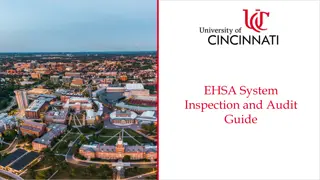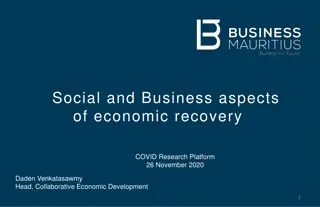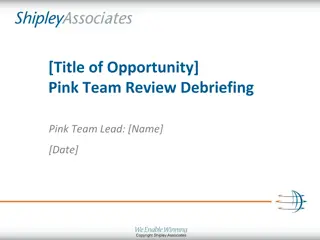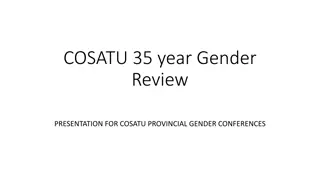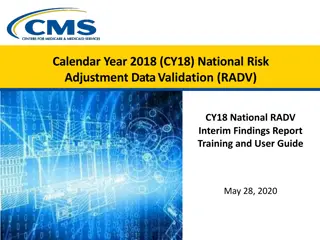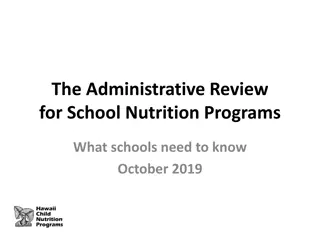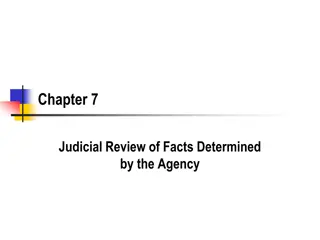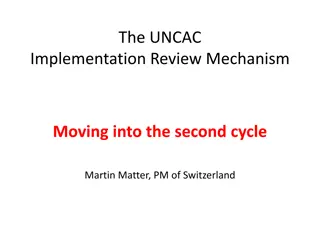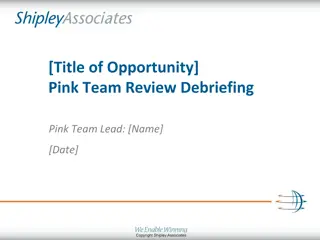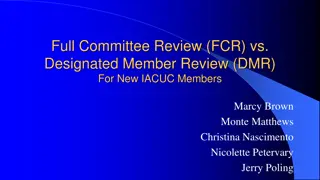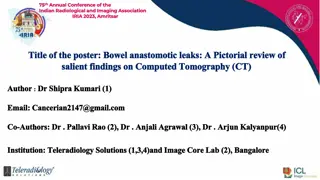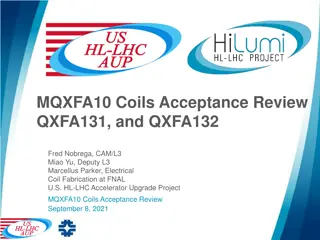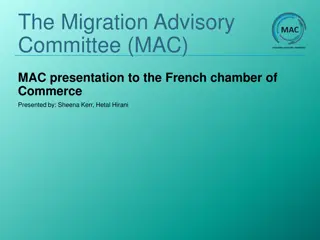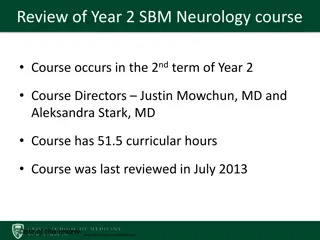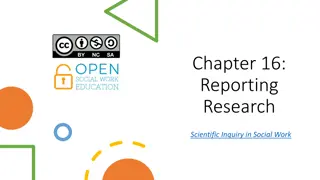35-Year Review: Insights and Findings
Covering a span of 35 years, this review by Jean B. Schumaker, Ph.D., and B. Keith Lenz, Ph.D., presents 14 published studies in peer-reviewed journals on Content Enhancement Routines. It delves into the effectiveness of explicit instruction for students with disabilities and offers suggestions for future professional development. The review highlights the importance of aligning interventions with state and national standards in general education classrooms.
Download Presentation

Please find below an Image/Link to download the presentation.
The content on the website is provided AS IS for your information and personal use only. It may not be sold, licensed, or shared on other websites without obtaining consent from the author.If you encounter any issues during the download, it is possible that the publisher has removed the file from their server.
You are allowed to download the files provided on this website for personal or commercial use, subject to the condition that they are used lawfully. All files are the property of their respective owners.
The content on the website is provided AS IS for your information and personal use only. It may not be sold, licensed, or shared on other websites without obtaining consent from the author.
E N D
Presentation Transcript
A 35-Year Review Jean B. Schumaker, Ph.D. B. Keith Lenz, Ph.D.
14 published studies in peer-reviewed journals Covering 4 Content Enhancement Routines A New Milestone Concept Mastery Routine Concept Comparison Routine Concept Anchoring Routine Question Exploration Routine
35 Years on the Road from Research to Practice, Part I & Part II The Review Articles
Part I Stages of the Research-to- Practice Process
Part II Stages of the Research-to- Practice Process
A review of what weve learned A review of what we still don t know A review of the necessary elements of PD Suggestions for future PD Today s Agenda
What have we learned? From the Validation Studies (Part I) From the Professional Development Studies (Part II)
We know that direct explicit instruction is an effective teaching practice for reaching students with disabilities. The overarching research question is, how can we mov e explicit instruction into the general education classroom? We know that general education teachers are more likely to implement interventions that will work with all learners. Tier 1 instruction requires interventions that are palatable and aligned with the critical content targeted by state and national standards. The line of research on Content Enhancement Routines addresses these demands.
Rigorous studies can be conducted in inclusive secondary subject-area classes. Learned from the Validation Studies Use of a CE Routine results in significantly enhanced learning for whole classes of students enrolled in inclusive classes. Use of a CE Routine results in enhanced learning for subgroups of students enrolled in inclusive classes . Use of a CE Routine results in substantially more students passing the test.
Teachers can learn to implement a routine and apply it to their own subject-area content (Bulgren et al., 1988). Enhanced student learning can result on both publisher-made tests and researcher-made tests (Bulgren et al., 1988). Learned from the Validation Studies Student gains in performance are substantial and socially significant as well as statistically significant. Some studies suggest that students can learn to use strategies when a CE Routine is used several times.* * These studies are not in the review
We know that we can move the use of explicit instruction into general education classrooms. We now know that the explicit, direct instruction required to implement CERs can be effective in the general education classroom and can meet the demands of general education teachers.
The next overarching research question is how do we prepare teachers to implement CERs? What questions come next? What types of teacher learning experiences are required to ensure that teachers implement with fidelity? How well does the use of multimedia programs, live PD, online inservice/preservice courses influence teacher learning?
A multimedia program can be used to educate teachers to use a CE Routine with fidelity within 3 hours. Learned from the PD Studies A live workshop can be used to educate teachers to use a CE Routine with fidelity within 3 hours. The teacher outcomes of multimedia and live workshops are about the same. Where there are differences between the types of workshops, the multimedia workshop produced better teacher results.
Teachers can learn to use a CE Routine at high levels of planning and implementation fidelity in a variety of subject areas in just 3 hours. Learned from the PD Studies Students of teachers who received multimedia instruction performed better than students of teachers who received live instruction in some studies. In no study did the teachers who received live instruction and their students perform better than the teachers who received multimedia instruction and their students.
Questions about the reviews? Open discussion
The next overarching research question is, How do we best prepare teachers to integrate the use of CERs into enhanced courses that can be sustained over time and school conditions? The problem of sustaining the implementation 0f effective practices at a high level of fidelity is a systemic issue that cuts across all areas of education.
What happens when different elements of PD are added to multimedia or live workshops? What happens when several teachers who are teaching the same course use the same devices/routines as integrated parts of each unit? What we still don t know How many devices/routines can a teacher feasibly integrate and maintain throughout a course? What happens in the second/third/fourth year of a teacher using CE Routines in a course?
What are the results of teachers sharing devices that they have not created themselves? What happens when teachers are given incentives to continue to use CE Routines? What we still don t know What role does learning community (e.g., discussions, sharing problems and successes) play in sustaining use of CE Routines? How does the use of CE Routines affect the use of other unrelated evidence-based programs?
In the PD studies, both multimedia and live workshops included: Explicit instruction Clearly specified parts of the routine Multiple models of the devices Videotaped models in actual classrooms of each part of the routine Videotaped models in actual classrooms of the whole routine Videotaped models in different subject areas at different grade levels Written quizzes Written activities (i.e., creating two devices) A written instructor s manual What did we learn about the necessary elements of PD?
During Workshops: Break down the routines into parts How can we use this knowledge for future PD? Use lots of models (videotapes are available) Use written quizzes (or structured notes?) Use device assignments
Assignments after the workshop: Choosing topic(s) Creating devices What else can be done? Implementing the routine Recording implementation
Follow-up and support activities Instructional coaching What else can be done? Principal walkthroughs Learning community PALs
How is online PD different from Live PD? How is asynchronous PD different from a live workshop? What are the essential components of online PD/preservice learning? What do we know about online PD/Preservice learning? What additional resources should be developed for live and online PD/preservice learning? What elements of live online PD/preservice learning need to be researched?
Formal checklists for implementation Formal checklists for devices Student data Professional evaluation activities Student reactions Student interviews/focus groups about their experiences with CERs
Share them with other researchers Share them with administrators Discuss findings in courses Link other CER studies to the reviews How can we use these CE reviews?
What should be the direction of future research on strategic instruction in general education classes? Open Discussion
Session Evaluation Please evaluate this session at: https://www.surveymonkey.com/r/2021SIMposiumEvals
Schumaker, J. B., & Fisher, J. B. (2021). 35 Years on the Road from Research to Practice: A Review of Studies on Four Content Enhancement Routines for Inclusive Subject-Area Classes, Part I. Learning Disabilities Research & Practice. References Fisher, J. B., & Schumaker, J. B. (2021). 35 Years on the Road from Research to Practice: A Review of Studies on Four Content Enhancement Routines for Inclusive Subject-Area Classes, Part II. Learning Disabilities Research & Practice.



